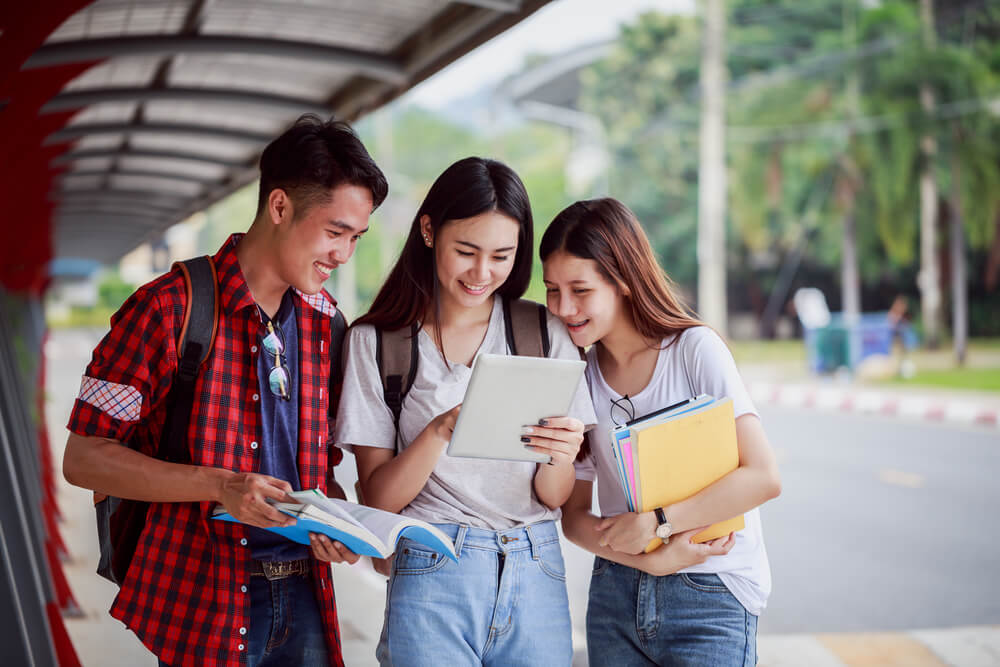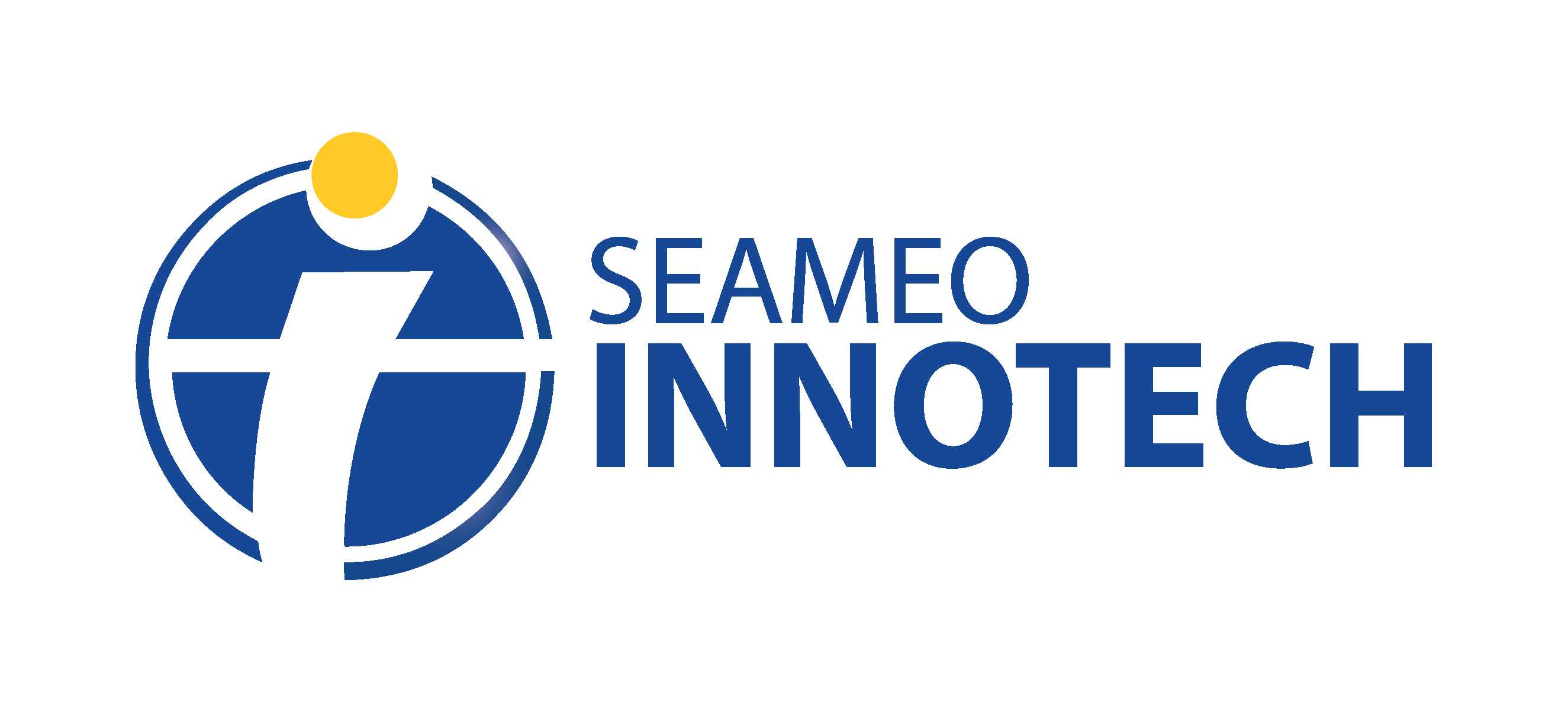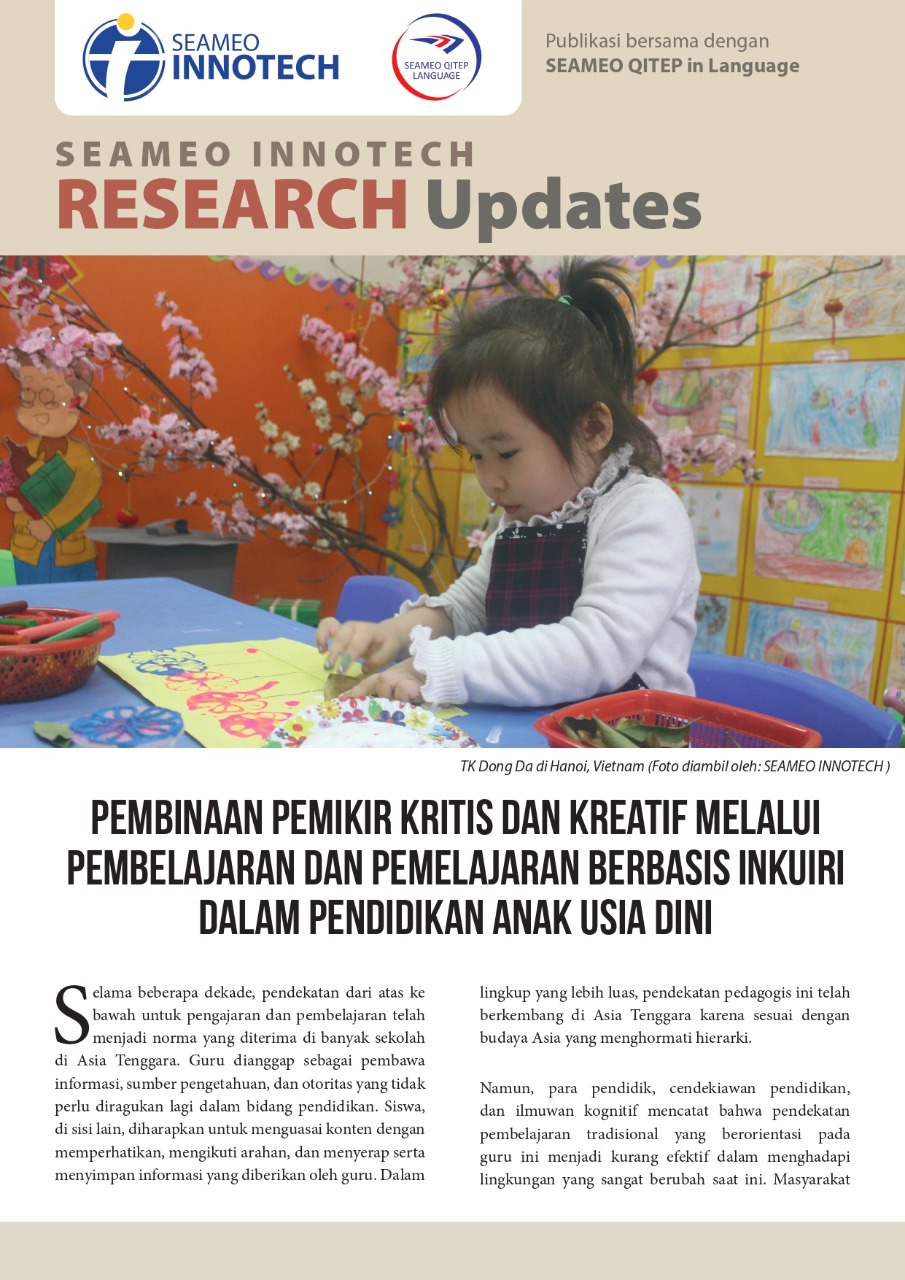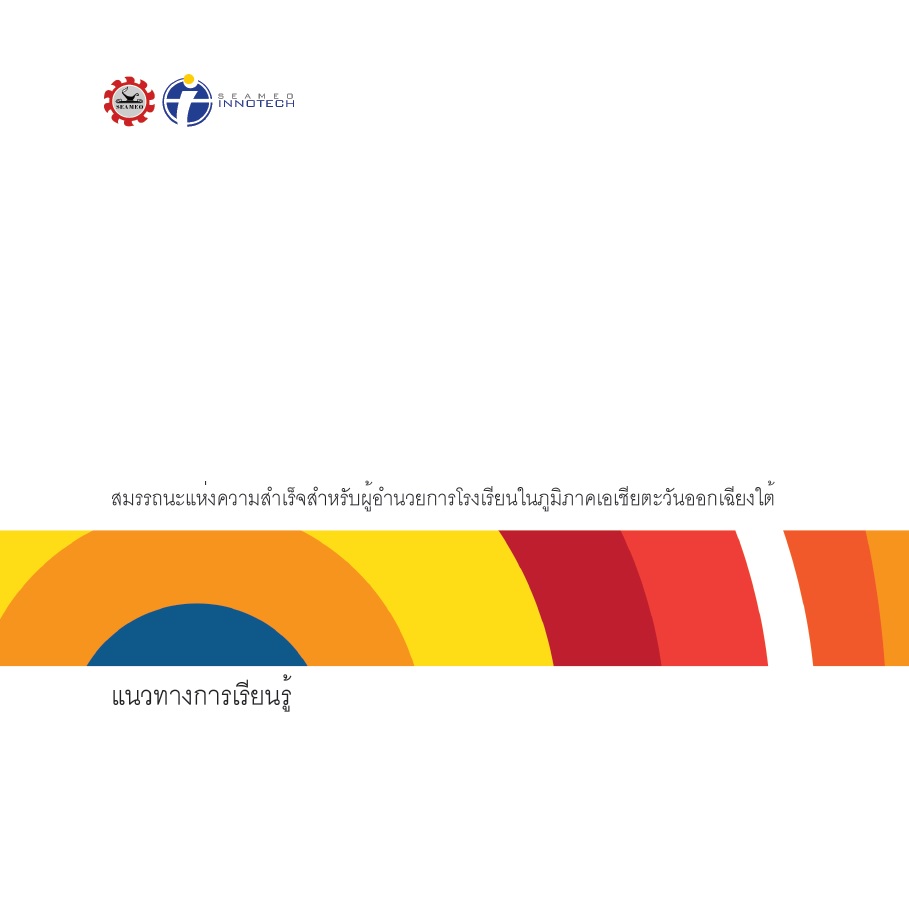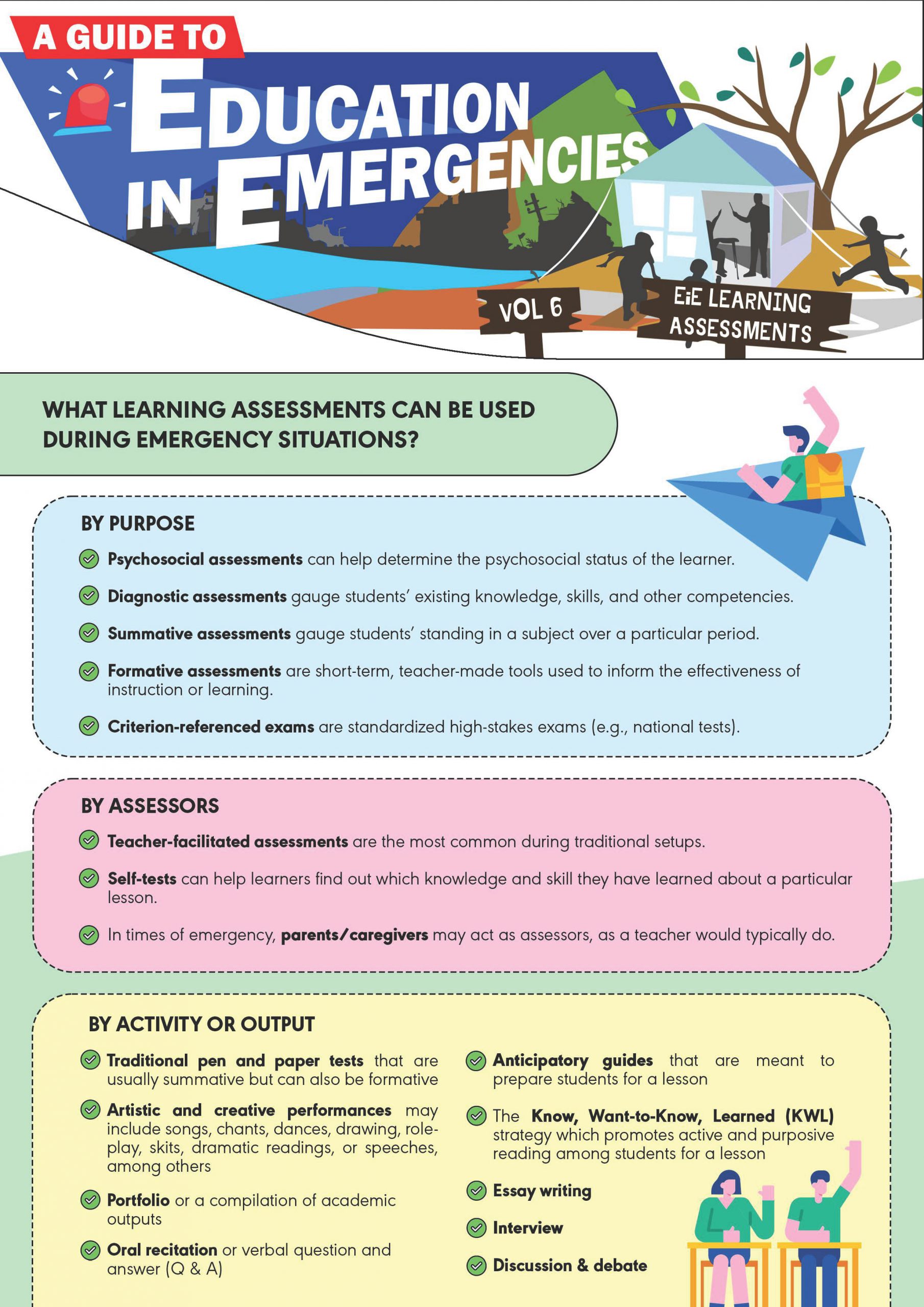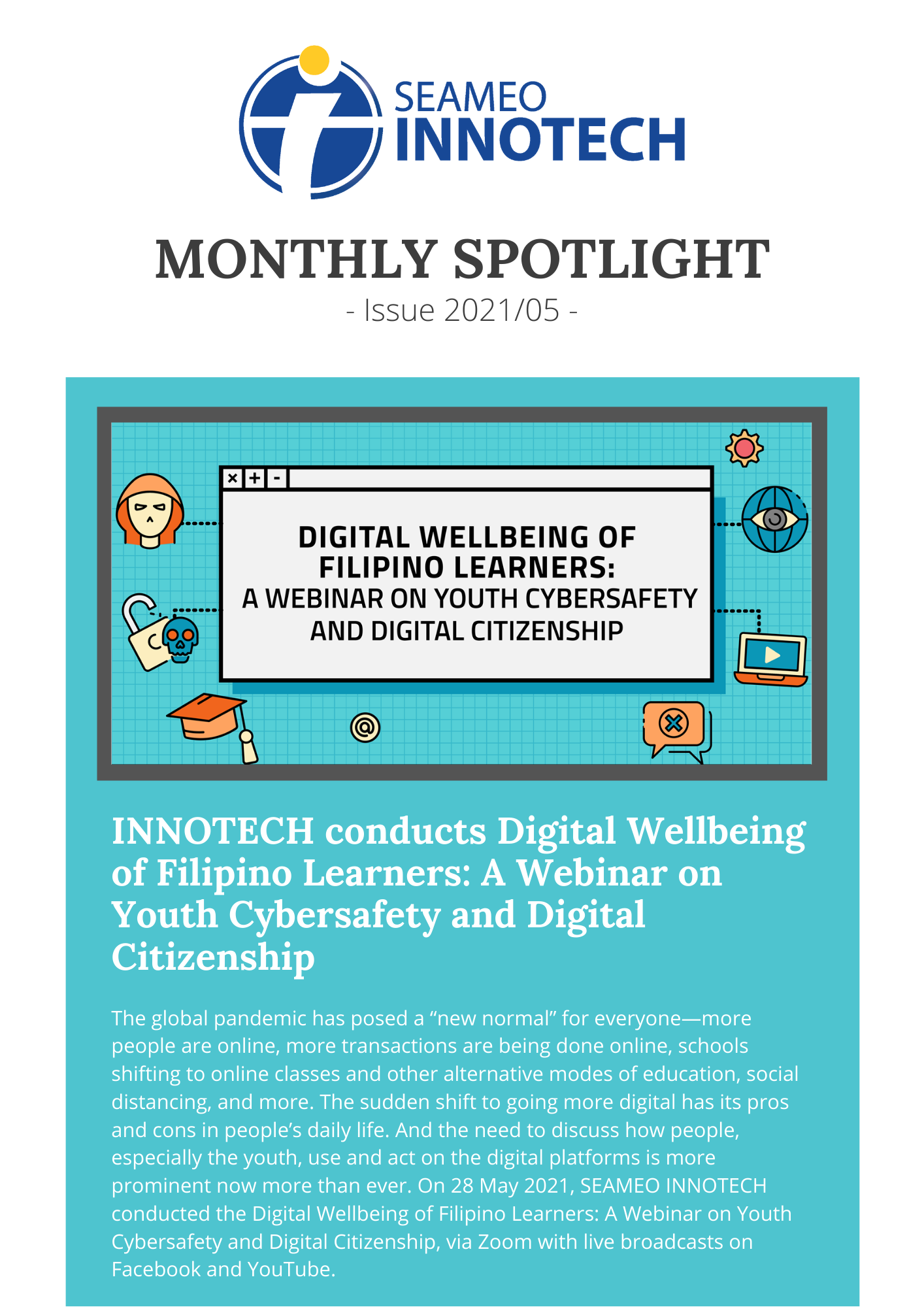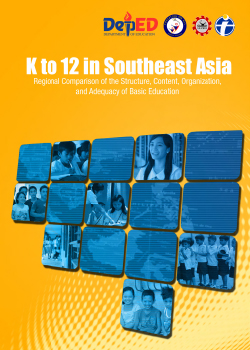
The Association of Southeast Asian Nations (ASEAN) highlights the cooperation between Asia-Pacific nations to promote economic, political, educational, and sociocultural developments in the region. With education at the forefront of any development, the ASEAN has emphasized the need for K to 12 basic education program implementation throughout the region.
Despite the high college graduation rates in the Philippines, the country’s education system continues to lag against its neighboring ASEAN countries, signaling the urgent need for comprehensive reform. Compared to the Philippines’ relatively recent implementation, the K to 12 curriculum in other countries in the ASEAN has strengthened the quality of their education, allowing them to produce globally competitive graduates.
The initiative aims to transform Philippine education closer to the quality of education in the most developed ASEAN countries. This transformation starts from the ground up, starting with the K to 12 toolkit for basic education institutions. Furthermore, the synchronization of the academic calendar will empower Philippine educational institutions to participate in joint programs with international institutions, allowing students to expand their education.
The Philippine education system must improve for Filipino graduates to remain competitive in the increasingly competitive ASEAN workforce and the implementation of K to 12 basic education curriculum throughout the ASEAN is one way to standardize the education in the region—effectively making it more conducive to regional modifications. Ultimately, the integration of educational systems paves the way for better and more fruitful cooperation among the ASEAN countries.
Elevating Education in the Philippines Through K to 12
As globalization continues to obscure borders, the need for world-class education has become even more paramount. With the Philippines being one of the last countries to implement k to 12 basic education program, there is a significant gap between Filipino graduates’ performance with that of graduates from other countries which needs to be bridged.
The widespread international commitment to realize Education for All (EFA) solidifies the inherent value of quality basic education not only for individual development but also for the overall social development of any nation. At the very least, governments are providing quality basic education to meet the basic learning needs of children, the youth, and adults.
More recently, governments are pursuing “world class education” to improve their performance in international surveys such as the Trends in International Mathematics and Science Study (TIMSS) and Programme for International Student Assessment (PISA). In some countries, this review led to fundamental changes in curriculum with a view to improving educational policies and outcomes.
In the Philippines, the education goal is closely linked to the Philippine EFA Plan of Action 2015 that includes Critical Task No. 5, mandating the expansion of basic education so that by 2015 the Philippines will have lengthened its cycle of basic education to 12 years.
As such, President Benigno Simeon Aquino III, in his first State of the Nation Address (SONA) in July 2010, made the K to 12 basic education program implementation a priority.
Aligned with the current administration’s commitment, the Philippines Department of Education (DepEd) has been preparing the Kindergarten to Grade 12 (K to 12) Basic Education Program with the aid of various international organizations and members of the private sector.
K to 12 Program in the Philippines Versus in Other Countries
The Philippine DepEd, through the National Education For All Committee (NEC), as part of its international commitment to improve the quality of EFA in the Philippines, engaged the Southeast Asian Ministers of Education Organization Regional Center for Educational Innovation and Technology (SEAMEO INNOTECH) to undertake a regional review of the curricula of four Southeast Asian countries—Brunei Darussalam, Malaysia, Singapore, and the Philippines.
The project, which began in February 2011, gathered information from several sources, including interviews, a review of literature; a survey; a workshop; as well as dialogs with country experts, educators, school officials, and curriculum development officials from Brunei Darussalam, Malaysia, Singapore, and the Philippines. Additional data on assessment models was obtained from Hong Kong, which provides seamless secondary education, for comparison.
The project aims to assess the quality of education in the Philippines, comparing its 10-year structure to that of countries with K-12 structure. The difference in results between the Philippines and the benchmarking countries is rooted in the quality of education produced by the limited system.
With the nation’s developmental priorities in mind, the study attempts to address the following questions:
- How does the Philippine preschool, elementary, and secondary education system compare with those of the benchmark countries in terms of:
- Input conditions (i.e., aims of education; school calendar; access, diversification, and progression; teacher-pupil ratio; and medium of instruction)
- Curriculum (i.e., curriculum structure, curriculum organization, curriculum framework and design; and assessment and testing)
- What are the curriculum and policy options to align Philippine basic education with regional standards?
Given the positive impact of the K to 12 curriculum in other countries, fundamental education reform has a strong potential to spur individual and social development.
Urging the Philippine Education Forward and Up
By benchmarking the Philippine education curriculum’s content and structure, we now affirm that basic education in the country must undergo reforms to meet the demands of the twenty-first century. However, it is worth mentioning that the implementation of a new curriculum alone is not enough. Rather, it must be preceded by the development of K to 12 basic education curriculum that is informed by the culture and needs of the Philippines.
We are grateful to the education officials from Brunei Darussalam, Malaysia, Singapore, and the Philippines who provided us with the data to analyze. We trust that this research report will contribute valuable information to the Department of Education as it embarks on the challenging task of implementing the K to 12 basic education reform agenda in the Philippines.
Education is one of the many ways the ASEAN strives for greater integration and cooperation between nations in the region, and enabling the implementation of the K to 12 basic education program in the Philippines opens countless doors for Filipino students and future stewards of the country.
The Road to K to 12 Starts Here
The implementation of the K to 12 curriculum involves an overhauling of the Philippine education system. SEAMEO INNOTECH is committed to supporting the Philippines’ efforts to enhance its basic education curriculum, starting with an understanding of status K to 12 Education in Southeast Asia, which we discuss in detail in our study.
Other Resources
Lead Your School to Success
Invest in your growth as an educator to bring better changes to your school. Learn and discuss with other educators dedicated to raising the standards of education in the country at SEAMEO INNOTECH’s School Leadership Training.
